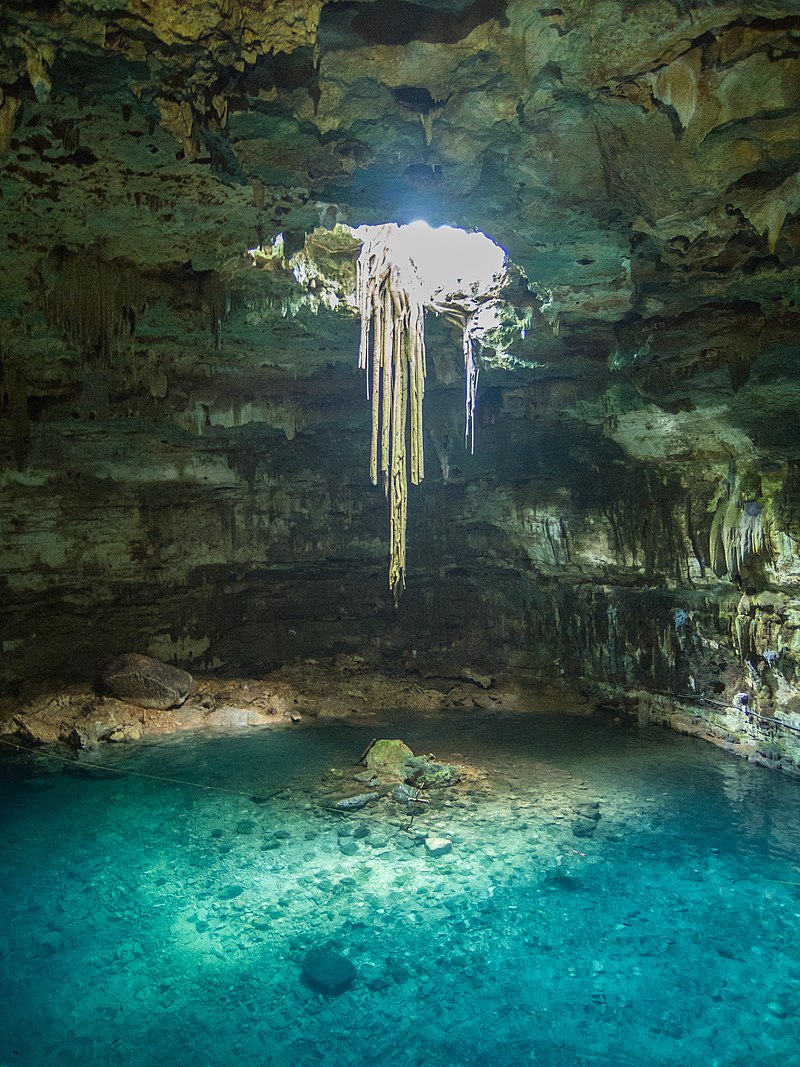
Today on HoloNet Uplink, we present an interview with the esteemed Star Wars freelancer Sterling Hershey. His comments are packed with sage advice on game mastery and adventure design. Enjoy.
Christopher Hunt (CH): It wouldn’t be an interview with Sterling Hershey without mentioning how you’ve worked on every edition of the Star Wars Roleplaying Game. I’ve personally only been playing since RCR, so I am wondering what your perspective on how writing and running games in Star Wars has changed over the editions?
Sterling Hershey (SH): In some ways, Star Wars adventures have maintained the same themes throughout the editions. As the universe has grown with the great variety of source material, that has opened up additional story opportunities in what could be expected and viewed as acceptable in a Star Wars adventure. Of course, the game mechanics of each specific edition also encouraged different styles of play. Certainly the d20 and Saga Editions encouraged a more tactical style of combat simply because the systems encouraged the use of miniatures. That’s not to say you had to play it that way, or that you can’t have a tactical game under other editions, but that each system had its own elements built into the game to highlight different aspects of the story and game play. FFG has obviously encouraged influencing the narrative through dice results in ways that were possible other additions, but in ways that were not as central to the actual mechanics.
CH: What makes a good Star Wars roleplaying adventure?
SH: It starts with setting the expectation going into the game, so the players have some idea of what they’re getting themselves into. If they’re expecting a big battle filled story and instead get political intrigue, exploration, or espionage, they may not enjoy it as much. Star Wars the movie was originally seen to be fast-paced, so action is a key element of any adventure. For West End Games, they encouraged starting in media res, or basically in the middle of things. Basically start with a fast-paced scene, and then let the characters sort things out as they go. Adventures generally do better if they have a central opponent or obvious bad guy to defeat. Generically fighting against the Empire usually isn’t quite enough. This is why you see adventures and stories featuring specific Imperial agents or Inquisitors or Hutts, basically anything that the PCs can focus their energy on, and ultimately defeat. If the opponent can be tied into the player character backgrounds, so much the better. The family relationships and conflicts in the movies and stories is probably one of the things that is a bit overlooked in the game, because it is a bit harder to build the story around, unless the players are also into the idea. Ultimately, the game should have elements of action, tension, and an achievable (if difficult) goal that provides a lot of fun to the players as the story develops.
CH: Can you take us through your process for writing / designing a Star Wars adventure?
SH: If I’m writing one to be published, generally the publisher has some kind of idea as to what they’re looking for. It might be a simple idea, or it might be an adventure they’ve already outlined because they need to have a good understanding of the product in order to sell it internally or for licensing, etc. Usually, the process starts off with brainstorming about the story or specific scenes. Once I have a rough idea of what might work, I will outline the encounters. This is actually a key step, because by figuring out how it all fits together at this stage, it makes it easier to concentrate on the scene’s details or how the encounters are linked.For me, it is easier to write when I know what is coming up next, rather than worrying about coming up with what should come next at the same time. The outline goes to FFG for review and comments.
After that, the heavy lifting starts on the writing. There are usually interim deadlines for a percentage of work, rather than waiting to complete an the entire draft to turn something in. Once a draft (or portion thereof) is done, I’ll spend some time going back in cleaning things up. This is especially true if I ended up changing some things along the way and didn’t follow them throughout. Then, it’s off to the producer who will send their own feedback, and occasionally notes from someone at Lucasfilm. Then another round of revisions, plus finishing up whatever hasn’t been completed yet. Stats are generally last.
CH: How does working on Star Wars differ from your work for other IPs and setting such as Dungeons and Dragons or The Last Parsec?
SH: Since neither of those two properties are licensed, there is less of a chance of a surprise change of course. With Dungeons & Dragons you are usually working within one of their established settings so in some way it is not unlike working on Star Wars. However, there can be a great deal more freedom simply with the inclusion of magic in the world. For D&D I would pitch some adventures back when Dungeon magazine was active, but in some cases they would come to me with a specific adventure in mind. For The Last Parsec, I was involved when the setting was being built, so there wasn’t a tremendous amount of an universe material to build on. That was okay, because the adventure I was asked to do was specifically exploration based on an unknown world. The setting was taking cues from the old Star Frontiers RPG, in that exploration was central to the adventures rather than combat or intrigue.
CH: As a GM, do you use a different approach or different techniques when running Star Wars as opposed to say Dungeons and Dragons?
SH: I actually wasn’t sure how to answer this, because I don’t usually make a conscious effort to change how I run games when it comes to different systems. After consulting with one of my players who has been in many of each, it appears I run a more cooperative game with the current version of the Star Wars RPG then I tend to do with my D&D games. That’s almost certainly an effect of the FFG game mechanics.
I think the players drive more of the details of a particular encounter or scene. Rather then just describe what their character does and waiting for me to respond with the results, I think they feel freer to describe the results for everyone involved in a particular action, whether the other characters are non-player characters or PCs. That eventually affects the overall narrative.
CH: In previous interviews, you’ve mentioned how your education and experience in architecture informs your game design. Could you elaborate on this?
SH: With architecture, it certainly influences the adventure locations and building layouts. it probably comes in to play more for the layouts than it does for something like descriptions or historical cues. As for education in general, history can be a guide for adventure ideas, both for something to include and for subjects to avoid.
CH: Where and how do you get your ideas for adventures? What sort of research do you do, and do you have any tips for GMs on this front?
SH: It’s more accurate to say I sometimes get inspired for a particular scene or adventure from something in history, rather than in-depth research into a historical event. I don’t take a lot of direct cues from historical figures or try to replicate events. While there are plenty of heroes and villains in the world, I’d rather not be reminded too much of either while playing, or somehow enshrine someone’s misdeeds (or worse) in something that in the end is intended to be entertaining.
CH: In a past interview, you pointed out some architectural flaws in the Mos Espa Grand Arena as seen in Episode I’s pod racing segment. As an architect as well as a game developer, how important is realism for you in Star Wars roleplaying?
SH: I don’t now recall what I said at the time. It might have been something along the lines of looking at the grandstands with a critical eye simply because I work on stadiums and arenas as an architect. I generally do insist on a certain degree of realism in Star Wars, at least to what is shown in the movies and other stories. Something I like to do in particular is to use unusual landscapes or environments that are inspired by specific real-world locations. For example, lot of elements in my design for the Acablas Ruins in Star Wars Force and Destiny Nexus of Power draw inspiration from several different locations both architectural and natural.
CH: How do you use real world locations to inspire your work?
SH: I’m always looking out for new environments and locations to set adventures or scenes in. Usually, I run across a fantastic picture of a particular location, and then I try to see what kind of adventures might be fun to play out in the area. Sometimes it will be from a magazine image or book, but lately is been via TV and movies. Once something attracts my attention, a Google image search really expands the possibilities. If I’m using the location in a published work, I’ll send image references along with text to help the producer and art director understand what I’m going for.

CH: Exotic locales can be hard at times to properly work into a game, either being hard to describe fully or with GMs tending to play it safe with more mundane locations. Do you have any guidance for GMs who want to provide exotic locales, but that still retain a sense of realism?
Sometimes art or maps really help convey the arrangement and atmosphere of the location. Pulling up a few images of similar areas in the real world is probably the quickest way to show something the players might not have a lot of experience with. To use the Acablas Ruins as an example, it actually combines a couple of real-world elements. This is a bit of a spoiler, but the heart of the ruins is inspired by very architectural stepwells, that in this instance are supersized and lead to a natural cenote. To my knowledge, neither appear together in the real world, since the best examples occur on different continents. The map is a section cut showing a stair stepped funnel above, and the cenote below.
CH: Thanks so much, Sterling!
Christopher Hunt
Latest posts by Christopher Hunt (see all)
- Command School – Deterrence and Compellence - July 11, 2019
